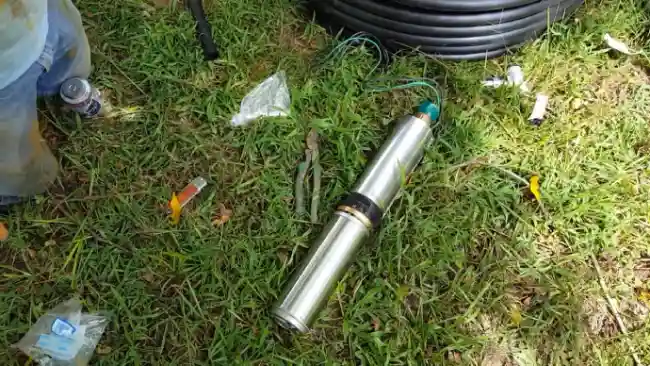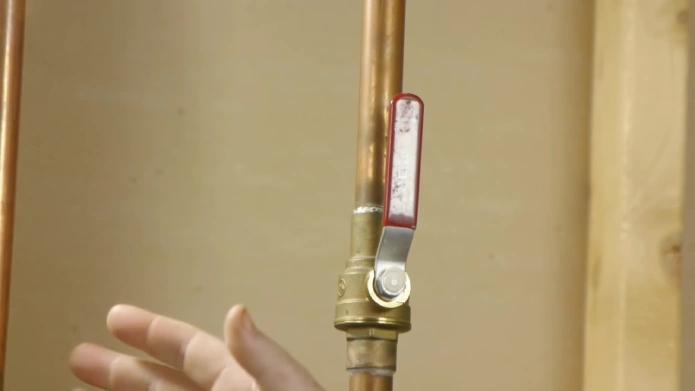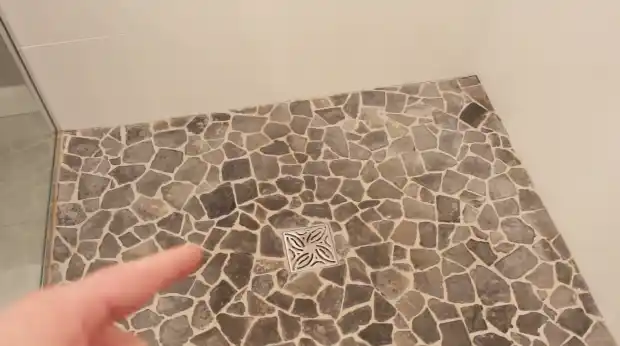Last Updated on July 10, 2023
Are you tired of struggling with above-ground pumps that won’t work? The frustrating noise they make without pumping any water is often a familiar scenario. But worry no more about submersible pumps. These pumps are a quite reliable and efficient way of pumping water.
But do you have to prime a submersible pump?
Submersible pumps do not require priming since they are designed to be submerged in water and self-prime. They can automatically create the suction needed to draw water into the impeller. Also, since they are submerged in water, air leaks won’t happen that would otherwise cause the pump to lose its prime.
This comprehensive article will explain why submersible pumps do not require priming, how they function, and whether they are susceptible to losing their prime. Let’s jump in and explore.
Why Do You Not Have to Prime a Submersible Pump?

Submersible pumps have a unique impeller design that allows them to move water without the need for a suction line efficiently. Their sealed construction also makes them more efficient and reliable. Here are some more reasons not to prime your submersible pump:
- No 01: Location in Water
- No 02: Self-Priming
- No 03: Impeller Design
- No 04: No Suction Line
- No 05: Sealed Construction
- No 06: Centrifugal Force
- No 07: Direct Power Connection
No 01: Location in Water
Submersible pumps are specifically designed to be placed directly in water sources, making priming unnecessary. Due to its location in the well, the pump is fully submerged in water while operating.
In this way, the pump will draw water immediately up through the intake without clearing out the air inside, as with other pumps.
No 02: Self-Priming
These pumps have a built-in mechanism that automatically removes air from the suction line and pump chamber. It allows them to start drawing water immediately without any extra effort on your end. With this feature, manual priming is unnecessary, making the pump more efficient and convenient to use.
Self-priming submersible pumps are suitable for scenarios where the water level frequently fluctuates or where the pump switches on and off regularly. They’re commonly used for wells, irrigation systems, and other submerged applications requiring pumped water.
No 03: Impeller Design
With its carefully crafted impeller design, this pump can effortlessly move water without any hiccups. Here are three things to keep in mind about impeller design in submersible pumps:
- The shape of the impeller blades determines the efficiency of the pump. Blades need to be carefully designed for maximum flow and minimum energy loss.
- Impeller size is also important. A larger impeller can move more water, but it will require more energy to operate. Alternatively, a smaller impeller will require less energy but move less water.
- The material used to make the impeller can also affect the pump’s efficiency. Impellers must be made of materials that can withstand the corrosive nature of the water they pump. Stainless steel and plastic are common materials used in impeller construction.
No 04: No Suction Line
With submersible pumps, there is no need to prime the pump as there is no suction line to worry about. Instead, the pump is fully submerged in the water, and the impeller pushes the water up to the surface. Check out this table comparing submersible pumps with above-ground pumps to better understand their benefits:
| Pump Type | Efficiency | Maintenance | Lifespan |
| Submersible | High | Low | Long |
| Above-ground | Low | High | Short |
As you can see, submersible pumps have a higher efficiency rate, require less maintenance, and have a longer lifespan than above-ground pumps. This is due to their design, which eliminates the need for a suction line and reduces the risk of airlocks.
No 05: Sealed Construction
The hermetically sealed motor and pump section of submersible pumps are watertight and housed in corrosion-resistant materials. Due to this sealed construction, water cannot enter the motor and the pump does not require priming or airlocks. Here are three benefits of this sealed construction:
- No Need for a Separate Priming Mechanism
Since submersible pumps are designed to be completely submerged, there’s no need for an independent priming mechanism. By eliminating manual priming and airlocks, you won’t have to deal with time-consuming and frustrating tasks.
- Reduced Risk of Leaks
The sealed construction of submersible pumps reduces the risk of leaks, a major problem in other types of pumps. It means that submersible pumps can be used in any environment, even those with high water tables or prone to flooding.
- Longer Lifespan
Submersible pumps have a longer lifespan than other pumps, partly due to their sealed construction. Since no separate priming mechanism is needed, fewer parts can wear out or break down over time. With proper maintenance, your submersible pump should last for many years.
No 06: Centrifugal Force
Centrifugal force is a key component of submersible pumps because it allows them to move water through the system without being primed. This means you can simply turn the pump on and it will start working immediately.
Since the pump is already submerged in water, it doesn’t need to create a vacuum to draw water in, making priming necessary for other types of pumps.
No 07: Direct Power Connection
Due to the direct connection between the motor and the pump, submersible pumps can efficiently move water without external suction lines or priming mechanisms. Since the motor is encapsulated within a sealed housing and works with the pump as a single unit, the submersible pump can be operated underwater.
Here are four reasons why the direct power connection is beneficial for submersible pumps:
- Eliminates the Need for Priming
With the motor and pump working together as a single unit, there’s no need for external suction lines or priming mechanisms to start the pump. This makes submersible pumps more efficient and easier to use than other pumps.
- Compact Design
The direct connection of the motor to the pump means that submersible pumps are more compact and take up less space than other types of pumps. This is particularly useful in applications where space is limited.
- Less Noise
Submersible pumps are generally quieter than other types of pumps because the motor is underwater and enclosed within a sealed housing. This means that noise is reduced and the pump can operate more quietly in residential areas.
How Does a Submersible Pump Work Without Priming?

Submersible pumps can operate without priming due to their unique design. As the impeller spins, it creates a low-pressure zone at its center that pulls water through the intake.
This water then flows over the impeller, which propels it through the discharge port and into the surrounding piping. All of these steps are self-priming, so the pump doesn’t need extra work to operate.
Can a submersible pump lose its prime?
If your submersible pump isn’t delivering water, it may be due to the water level dropping below the pump or a problem with the pressure tank or switch. Use a water level indicator or consult a professional well driller to prevent the pump from losing its prime.
Check the pressure tank’s air pressure and inspect the pressure switch for faults. Furthermore, clogging in the intake screen can prevent water flow and cause loss of prime. Clean the screen by removing it, rinsing it with water, and reattaching it to the pump.
Are submersible pumps more efficient than above-ground pumps?
Submersible pumps are more efficient than above-ground pumps because they push water instead of relying on suction. This eliminates the risk of airlocks and increases flow rates, reducing the chances of pump cavitation.
Direct connection and sealed construction make submersible pumps more efficient. Although submersible pumps have a higher initial cost, they’re worth investing in because they’re durable and require minimal maintenance. They’re a great option for pumping water from wells, ponds, and other sources.
Invest in a Submersible Pump for Unmatched Efficiency and Savings.
Submersible pumps offer unmatched convenience and efficiency in the movement of liquids. By operating without external priming, they can pump fluids from various sources effectively.
Their ability to operate while submerged makes them an excellent choice for deep wells, lakes, rivers, and sewage and drainage systems. Also, these pumps offer greater energy efficiency than above-ground pumps, translating to long-term savings.
Therefore, if you’re looking for a highly efficient and reliable solution for pumping liquids, consider investing in a submersible pump that will deliver the required performance for all your applications.



